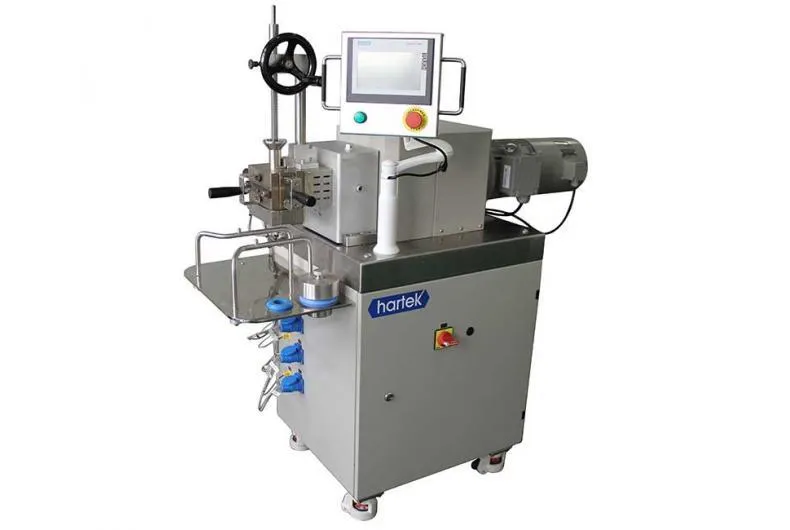Internal Mixers
Internal mixers are essential equipment widely used in the rubber and plastic processing industries. They are primarily used to mix and process various raw materials, such as rubber, plastics, and chemical additives, to form a uniform mixture, thereby studying its physical properties and chemical stability. Internal mixers play a crucial role in tire manufacturing, rubber products, plastic products, and other fields.
Basic Structure:
Internal mixers consist of a base, mixing chamber, rotor, drive system, and control system.
Working Principle:
The working principle of internal mixers mainly involves the rotational motion of the rotor, which mechanically shears, compresses, and frictionally mixes the raw materials. During the mixing process, the raw materials in the mixing chamber are subjected to continuously changing stress and high temperatures, allowing the material to fully melt and mix to form a uniform mixture. The specific steps are as follows:
- Adding Raw Materials: Pre-weighed raw materials are added into the mixing chamber through the feed port.
- Initial Mixing: The rotor starts rotating, initially mixing the raw materials to distribute them evenly.
- Heating and Plasticizing: The heating system raises the temperature inside the mixing chamber, gradually softening and plasticizing the raw materials for further mixing.
- Shearing and Mixing: The rotating rotor generates strong shear force and friction, deeply mixing the raw materials to form a uniform mixture.
- Discharge: After mixing is complete, the mixture is removed through the discharge port for subsequent research and processing.
Classification of Internal Mixers:
Based on different application needs, internal mixers can be classified into the following types:
- Open Internal Mixers: Suitable for small batches and multi-variety material mixing, easy to operate, and ideal for laboratories and small production lines.
- Closed Internal Mixers: Suitable for large-scale production, with a fully enclosed mixing process to prevent material contamination and volatilization, ideal for tire manufacturing, plastic processing, and other large-scale production lines.
- Vertical Internal Mixers: Compact structure and small footprint, suitable for production environments with limited space.
- Horizontal Internal Mixers: Easy to operate, suitable for production lines of various scales, widely used in the rubber and plastic industries.
Applications of Internal Mixers
Internal mixers have a wide range of applications in the rubber and plastic processing industries, including:
- Tire Manufacturing: Used to mix raw materials such as rubber, carbon black, and vulcanizing agents to prepare high-performance tire formulations.
- Rubber Products: Used to produce various rubber seals, rubber gaskets, rubber hoses, and other products, enhancing their physical properties and durability.
- Plastic Products: Used to mix plastic granules, color masterbatches, additives, and other raw materials to prepare uniform plastic mixtures, widely applied in injection molding, extrusion, and other processing techniques.
- Other Applications: Internal mixers can also be used to mix raw materials in the fields of adhesives, coatings, cosmetics, and other industries, improving the quality and stability of products.








